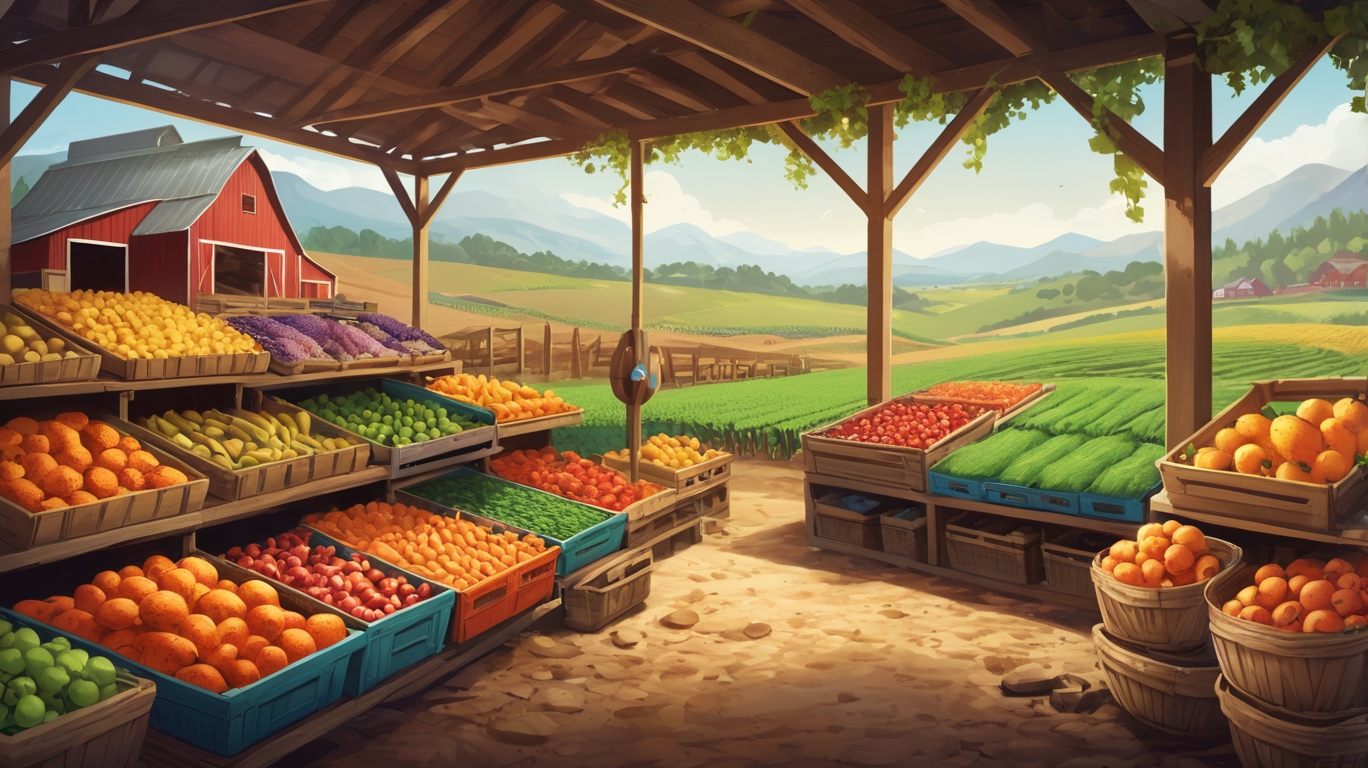Finding the Best Market for Your Farm Products
Selling your farm products is just as important as growing them. Whether you’re a small-scale farmer or managing a larger operation, finding the right market can make all the difference in profitability and sustainability. The good news is that there are many options available—you just need to determine which one aligns best with your products, values, and goals.
Here’s a thoughtful exploration of different markets where you can sell your farm goods, along with tips to help you make the best choice.

1. Farmers’ Markets
Farmers’ markets are a classic choice for many small-scale farmers. They provide direct access to consumers who appreciate fresh, locally grown food.
Pros:
- Build personal relationships with customers.
- Immediate cash flow (no waiting for payments).
- Flexibility in pricing and product offerings.
Considerations:
- Requires time and labor to transport and set up.
- Seasonal demand may affect sales.
Tip: Visit different markets before committing to one. Observe customer traffic, vendor competition, and fees.
2. Community Supported Agriculture (CSA)
A CSA model allows customers to subscribe to regular deliveries of your farm’s produce, creating a steady income stream.
Pros:
- Predictable revenue upfront.
- Stronger customer loyalty.
- Reduces waste since harvests are pre-allocated.
Considerations:
- Requires consistent production to meet commitments.
- Administrative work (managing subscriptions, deliveries).
Tip: Offer flexible share sizes (full, half, or weekly/monthly options) to attract more customers.
3. Local Grocers & Restaurants
Many grocery stores, co-ops, and restaurants prioritize locally sourced ingredients.
Pros:
- Larger, consistent orders.
- Potential for long-term partnerships.
Considerations:
- May require certifications (e.g., organic, GAP).
- Pricing negotiations can be competitive.
Tip: Start small by supplying one or two businesses before scaling up.
4. Online Sales & Delivery
E-commerce platforms and social media make it easier than ever to sell directly to consumers.
Pros:
- Wider reach beyond your local area.
- Convenience for customers (home delivery or pickup).
Considerations:
- Shipping perishable goods can be challenging.
- Marketing efforts are essential for visibility.
Tip: Use platforms like Etsy, FarmDrop, or even a simple website with online ordering.
5. Wholesale Buyers & Distributors
If you produce in large quantities, selling to wholesalers or food distributors can be efficient.
Pros:
- Bulk sales reduce marketing efforts.
- Consistent demand if you meet volume requirements.
Considerations:
- Lower profit margins compared to direct sales.
- Strict quality and packaging standards.
Tip: Research wholesale pricing in your region to ensure profitability.
6. Farm Stands or U-Pick Operations
Selling directly from your farm (or allowing customers to pick their own) can be rewarding.
Pros:
- Minimal middlemen—higher profits.
- Enhances agritourism opportunities.
Considerations:
- Requires good location and marketing.
- Seasonal limitations.
Tip: Add value with extras like homemade jams or farm tours to attract more visitors.
Final Thoughts
The best market for your farm products depends on your production scale, resources, and personal preferences. Some farmers thrive with direct sales at markets, while others prefer the stability of wholesale contracts. You might even combine multiple approaches for diversified income.
Take time to assess each option, talk to other farmers, and experiment to see what works best for you. With patience and persistence, you’ll find the right market that supports both your farm’s growth and your peace of mind.
Happy farming—and happy selling! 🌱